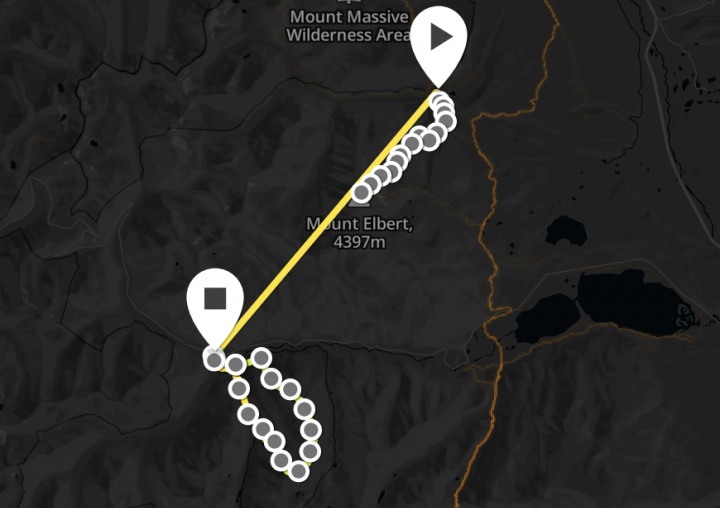The way I train is based on my feelings, that is, on my desire to climb a mountain or to discover a valley.
Training is an objective in itself and should not be a requirement to get into race shape.
This is not a workout plan for you to follow. Each of us has different physical characteristics, capabilities and motivation, and so, training must adapt to these.

Data
- Slope
550.000 m/year
- Training hours
1.000 h/year
- Km covered
15.000 km/year
- Training days
7 days a week
My year is divided into two seasons: trail running in the summer and skiing in winter
Ski (November to May)
I divide the winter season into two parts. Pre-season is November and December when I usually train between 20 and 30 hours a week, with volume training (3-4 hours in the morning and 1-2 hours in the afternoon, approximately). The season itself lasts from January to May. I usually take part in some 20-25 races, including the World Cup, the World Championships, the European and Spanish Championships, among others. In this period, I train between 15-30 hours doing a lot of intensity training but also with adequate training recovery.
Trail Running (May to October)
In the summer, the season is from May to October. I do between 20 and 35 hours a week volume or high volume training and go on a couple of outings a day of between 2 and 7 hours, depending on the day. In this season, I spend 80% of my time running and the remaining 20% on the road, cycling.
I ascend and descend a total of 300,000 meters a year in ski mountaineering, which means some 500 hours in total. In the summer, I run up and down around 250,000 meters, devoting about 500 hours to it. I train 7 days a week.


Five tips for training and competing in the mountains
1. Enjoy yourself and so improve
Enjoy every day and every outing. Training should not be an "obligation", just a way to improve. Training should be spending time doing something you love. You must be coherent with the goals you set yourself. This is essential. Also, you must be aware of what can be won and lost, and always keep motivated. Training shouldn’t be an obligation, but a way of life. In this way, progress is huge.
2. Materials
All materials should be tried and tested before any competition. All equipment should be well checked to be sure it fits, that it suits the way you run and the shape of your body. It’s also important that materials are specifically made for the mountains as these will be specially designed for this particular environment.
3. Senses
Running in the mountains is not just running, it’s a 5-sense experience. You must enjoy the scenery, smell the earth, feel the wind and so on. It is important not to forget to enjoy yourself!
4. Progression and descents
When descending, relax, lose fear and move forward, just as if you were dancing!
Also, bear in mind that the body can’t go from 0 to 100 just by wanting it to happen. Start running with short, not very technical steps and progress as your body asks for more. My best advice is to listen to your body.
5. Safety
First and foremost, bear in mind that ours is a sport performed in a natural environment that we do not control. So learn to know the mountain and learn how to interact with it. Take all the safety measures necessary, watch the weather forecast, do not go out into the mountains alone, trust specialists, etc. I was born and raised there, and have spent many years out in the mountains as part of my daily routine. That is why I probably have more experience in some circumstances. However, I will never be negligent when it comes to safety measures or protection.
The mountain is tough. No matter how meticulous you may be, it is a dangerous place. Be humble in the mountains, as mistakes, especially when travelling light, can be costly. Accept and be aware of the risks that you wish to take both yourself as an individual and with those who are accompanying you, in accordance with each person’s physical skill, techniques and experience.
And after that, there’s just one more thing to tell you: have fun! ☺








